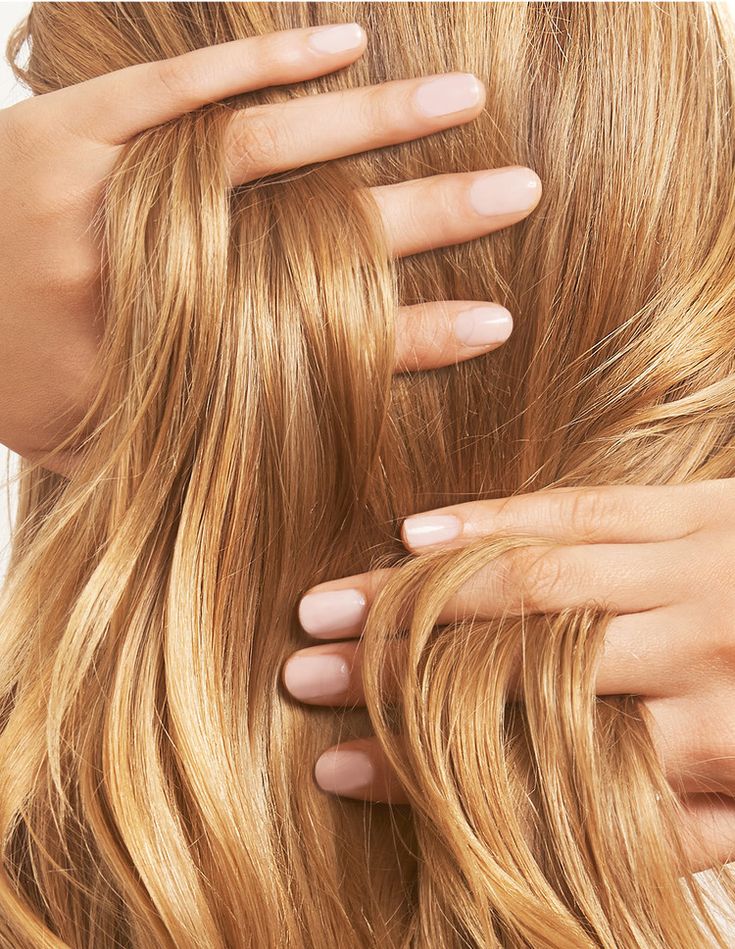We’ve all been there, questioning whether the clump of hair in your hands whilst showering is normal or not. Hair thinning is a complex issue affected by various factors, including biological processes and lifestyle choices. Recognising the underlying causes and understanding the hair growth cycle can help in addressing this (very) common concern.
Causes of Hair Thinning
There are multiple causes of hair thinning, ranging from genetic factors to environmental influences. The most common cause is androgenetic alopecia, or hereditary hair loss, which affects both men and women. Hormonal imbalances, particularly involving androgens, can also contribute to thinning.
Other causes include medical conditions such as thyroid disorders, scalp infections, and autoimmune diseases like alopecia areata. Nutritional deficiencies, particularly a lack of vitamins and minerals, can lead to hair weakness and loss. Certain medications, stress, and poor hair care practices further aggravate the condition.
The Hair Growth Cycle
Understanding the hair growth cycle is essential in comprehending hair thinning and whether the amount of hair you see falling out is normal or not. This cycle consists of three phases:
- Anagen Phase: The active growth phase that lasts 2 to 7 years, during which hair grows approximately 1 cm per month.
- Catagen Phase: A transitional stage lasting a few weeks when hair stops growing and the hair follicle shrinks.
- Telogen Phase: The resting phase lasting around 3 months, after which the hair falls out to make way for new growth.
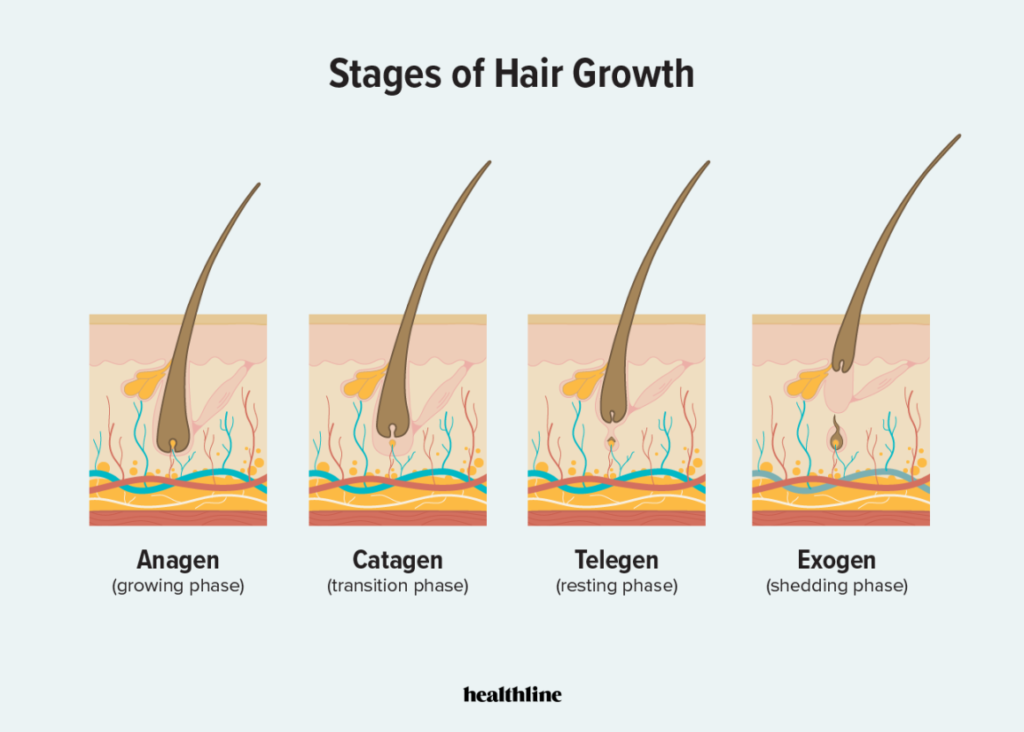
Image Credit: Healthline
In a typical cycle, about 85-90% of hair follicles are in the anagen phase. Disruption in this cycle can lead to excessive shedding and thinning.
Risk Factors for Hair Thinning
Several risk factors can increase the likelihood of hair thinning. Genetic predisposition plays a significant role, particularly in hereditary hair loss. Hormonal changes, especially during pregnancy or menopause, can also trigger thinning.
Other factors include age, with hair density often decreasing as one gets older. Environmental factors, such as exposure to harsh chemicals or heat, can weaken hair. Lifestyle factors, including a poor diet lacking essential nutrients or high-stress levels, can further contribute to hair loss. Smoking and certain hairstyles that pull on the hair (sorry slickback bun) may also be influential.
Medical Treatments
Medical treatments for thinning hair include options like PRP therapy, finasteride, and hormonal therapy. Each treatment works through different mechanisms to promote hair growth and address underlying causes.
PRP Therapy
Platelet-rich plasma (PRP) therapy involves drawing a small amount of the patient’s blood, processing it to concentrate the platelets, and then injecting it into the scalp. The platelets contain growth factors that can stimulate hair follicles and improve hair density.
Studies indicate that PRP therapy may promote hair regrowth in both men and women with androgenetic alopecia. Several sessions are typically needed to achieve optimal results, according to Melbourne-based hair specialists. Patients may experience minimal discomfort and downtime, with many returning to their daily activities shortly after treatment.
Finasteride Prescription
Finasteride is an oral medication often prescribed to treat male pattern baldness. It works by inhibiting the conversion of testosterone to dihydrotestosterone (DHT), a hormone linked to hair loss. By reducing DHT levels, finasteride can help slow hair loss and, in some cases, promote regrowth.
It is important to note that finasteride is FDA-approved for males but is less commonly prescribed for females due to potential side effects. Users may observe results typically within three to six months, and ongoing treatment is usually necessary to maintain benefits. Regular consultations with a healthcare provider are essential to monitor side effects.
Hormonal Therapy
Hormonal therapy can be crucial for women experiencing hair thinning due to hormonal imbalances, such as polycystic ovary syndrome (PCOS) or menopause. Treatments may include oral contraceptives or anti-androgens like spironolactone. These medications help to regulate hormones and can mitigate hair loss related to androgen levels.
The effectiveness of hormonal therapy varies between individuals, and it may take several months to see improvements. Patients should consult with a specialist to evaluate their hormonal health and discuss potential treatment plans tailored to their specific needs. Regular follow-ups ensure both safety and efficacy during the treatment process.
Surgical and Non-Surgical Procedures
Various options exist for treating thinning hair, ranging from surgical interventions to non-invasive techniques. Each procedure has distinct benefits and suitability based on individual needs and hair loss patterns.
Hair Transplant Surgery
Hair transplant surgery involves relocating hair follicles from a donor site to areas experiencing thinning or balding. The two most common techniques are Follicular Unit Transplantation (FUT) and Follicular Unit Extraction (FUE).
FUT entails removing a strip of scalp from the back of the head, which is then divided into individual follicles.
FUE extracts follicles directly from the scalp, leaving minimal marks.
Recovery typically takes a week, with results visible within a few months. Candidates for this surgery generally have sufficient donor hair and a stable pattern of hair loss.
Scalp Micropigmentation
Scalp Micropigmentation (SMP) is a non-surgical technique that creates the illusion of thicker hair on the scalp. This procedure involves tattooing tiny dots that resemble hair follicles, effectively camouflaging thinning areas or bald patches.
SMP can be effective regardless of hair colour and skin tone.
The process usually requires multiple sessions and can last several years, depending on the technique and skincare.
It’s particularly suitable for those who prefer a low-maintenance solution or are not candidates for hair transplant surgery.
Low-Level Laser Therapy
Low-Level Laser Therapy (LLLT) employs lasers to stimulate hair follicles, aiming to revitalise and promote hair growth. This procedure is painless and non-invasive.
LLLT devices, such as combs or caps, can be used at home or in clinics.
Regular sessions are required to achieve optimal results, often taking several months to notice improvements.
It is regarded as safe for most individuals and can be combined with other treatments for enhanced effects.
Natural Remedies and Lifestyle Changes
Natural remedies and lifestyle modifications can play a significant role in addressing thinning hair. Adjusting diet, incorporating specific herbs, and practising proper hair care techniques can contribute positively to hair health.
Nutritional Supplementation
Nutritional supplementation involves adding specific vitamins and minerals to support hair growth. Key nutrients include:
- Biotin: Promotes keratin production, vital for hair strength.
- Vitamin D: Encourages the growth of new hair follicles.
- Iron: Essential for oxygen transport, preventing hair loss due to deficiency.
- Zinc: Helps repair tissue and maintains oil glands around hair follicles.
Incorporating these supplements can benefit individuals experiencing thinning hair. Additionally, a diet rich in proteins and omega-3 fatty acids can support overall hair health. Foods such as fatty fish, nuts, and seeds are beneficial choices.
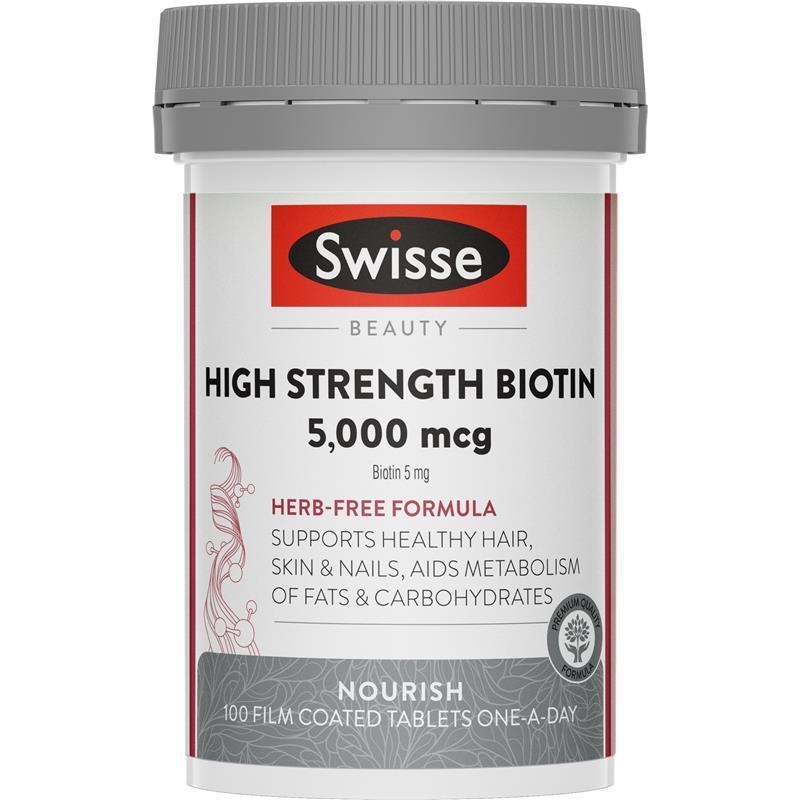

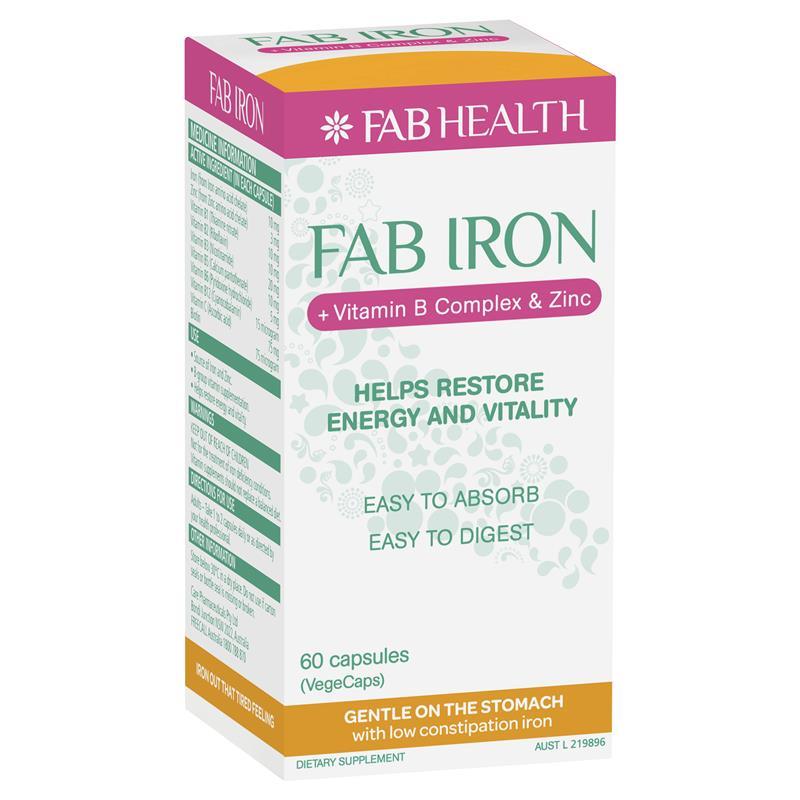
Herbal Treatments
Herbal treatments have gained popularity for their potential benefits in hair regrowth. Some commonly used herbs are:
- Saw Palmetto: May inhibit hormones that contribute to hair loss.
- Rosemary: Often used to improve circulation to the scalp, promoting hair growth.
- Nettle: Rich in vitamins and minerals, it may support hair follicle health.
These herbs can be used in various forms, such as oils, teas, or supplements. It is important to assess individual reactions to these herbs before consistent use, as results may vary from person to person.
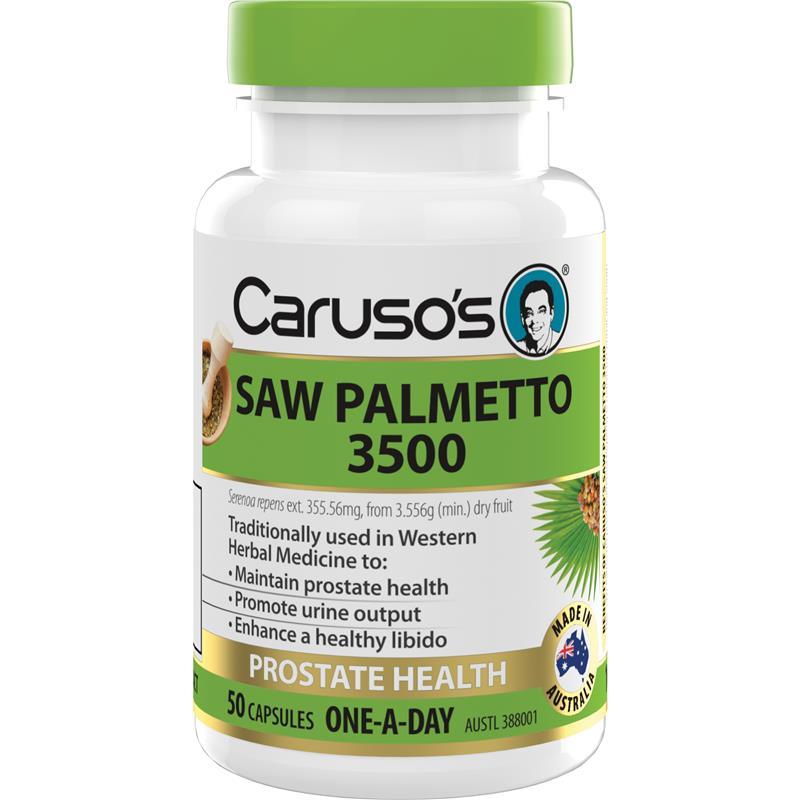
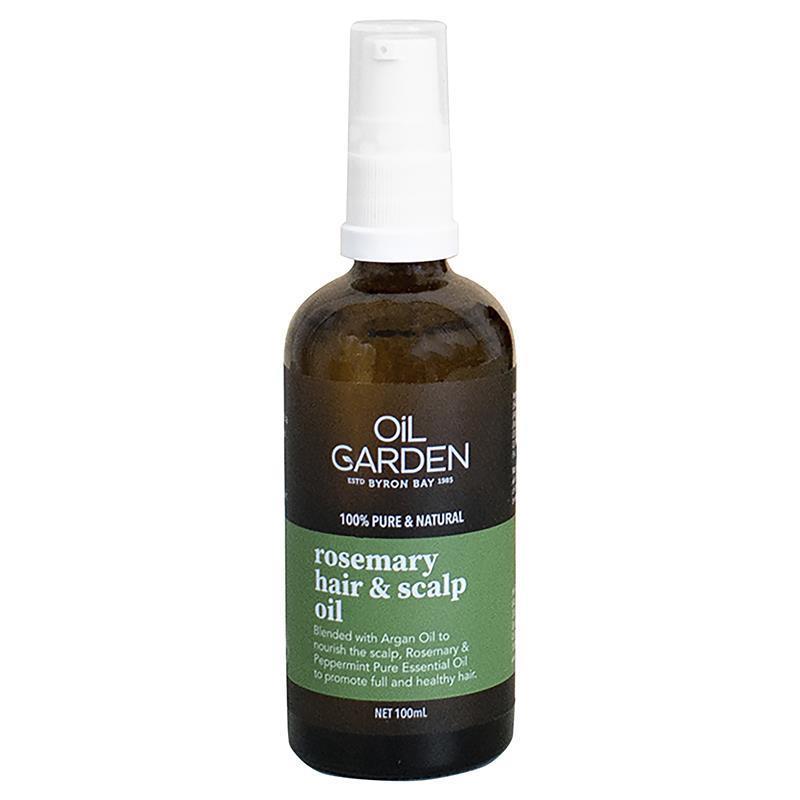
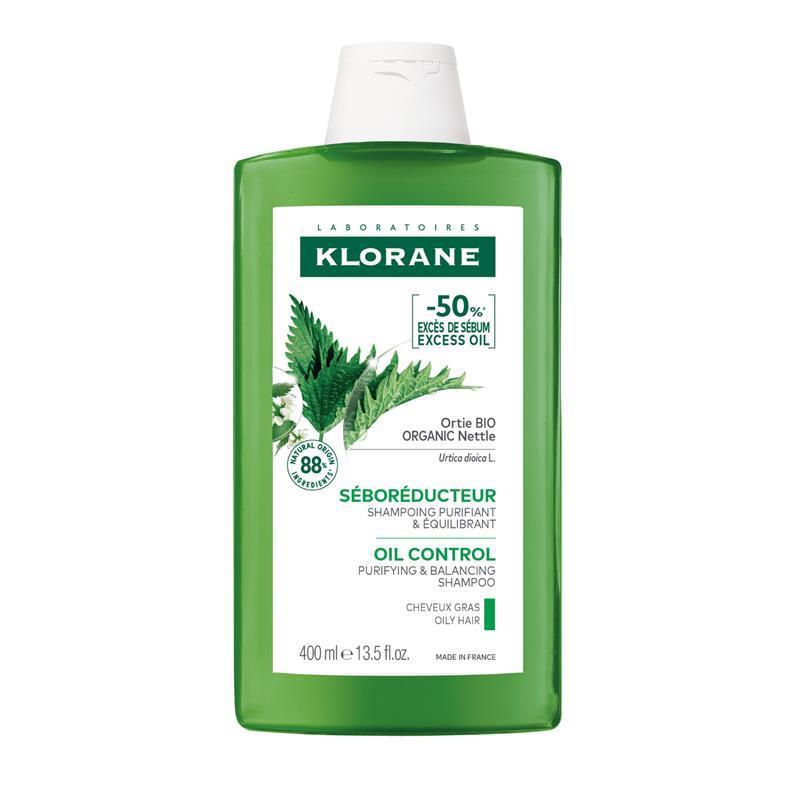
Hair Care Techniques
Proper hair care techniques can minimise damage and promote thicker-looking hair. Steps to consider include:
- Gentle Washing: Using a mild shampoo can prevent stripping natural oils.
- Conditioning: Regular conditioning helps maintain moisture balance, reducing breakage.
- Avoiding Heat: Limiting the use of heat tools protects hair from damage.
Incorporating scalp massages can enhance blood circulation, supporting hair follicle health. Using a wide-toothed comb can also help prevent unnecessary breakage during detangling. Careful management of hair routines contributes to better overall hair condition.
Read more of our Beauty articles here.
In partnership with Rejuvenate Hair & Skin.

